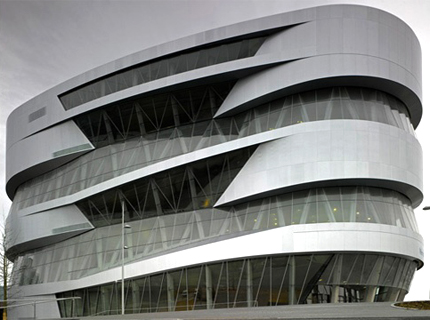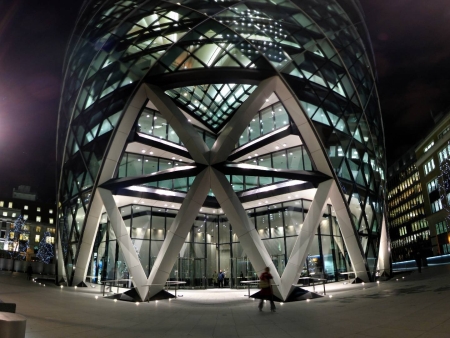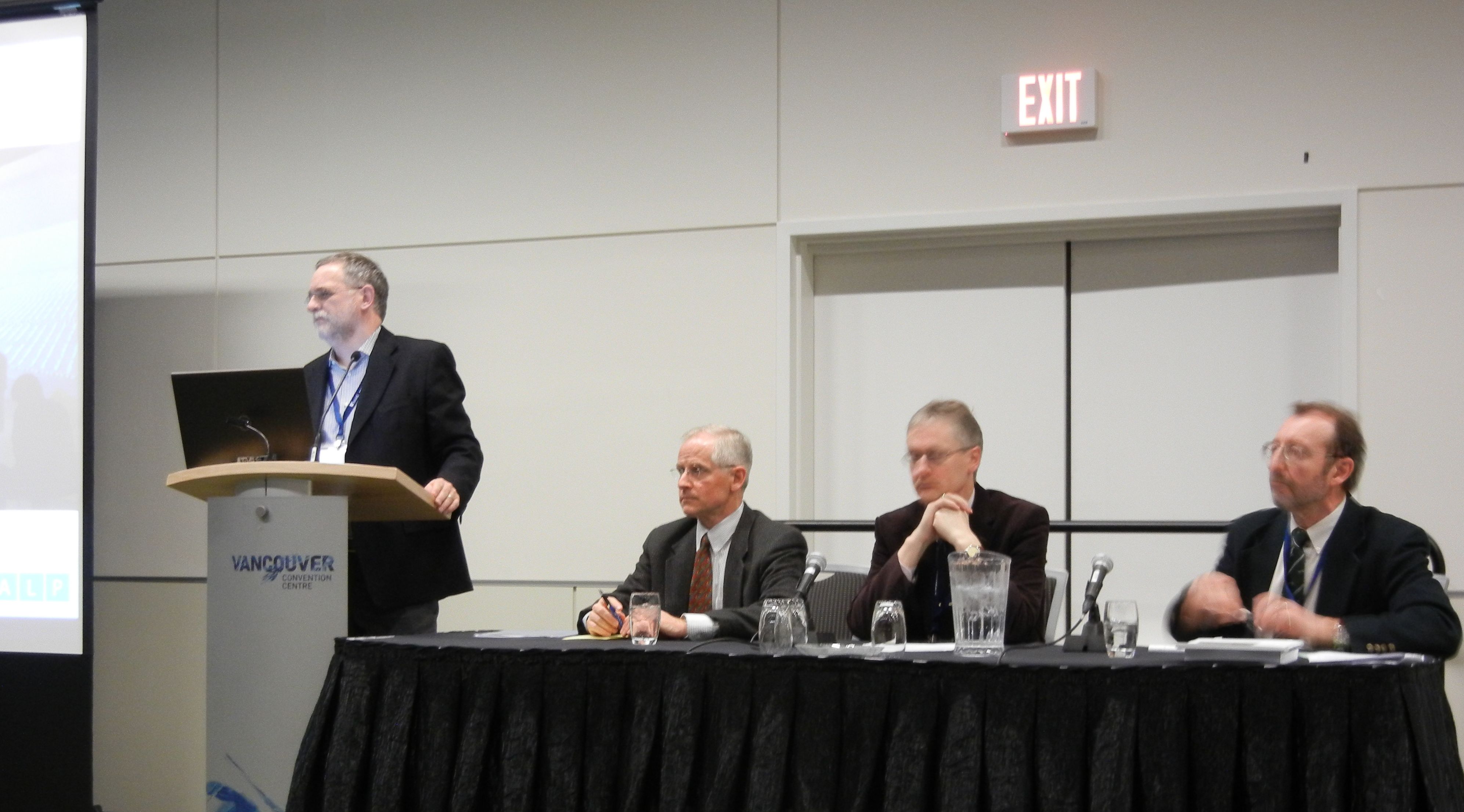
Today, I would like to present the new book "Visualizing Climate Change: A Guide to Visual Communication of Climate Change and Developing Local Solutions", published by Earthscan from Routledge. In four book sections, Stephen Sheppard, Professor in Landscape Architecture and Forest Resources Management at the University of British Columbia, Vancouver, continues the topic of his recent journal papers on using landscape visualizations for the communication of climate change related topics. In "I. Setting the scene on climate change", he provides an overview of the challenges that perception and visualization of climate change imposes. Then, he addresses in more depth the issues around perception and recognition of carbon and climate change in everyday landscapes at the local scale ("II. Knowing, seeing and acting on community carbon and climate change"). In the third chapter, "III. Switching lenses: Changing minds with visual learning tools", he focuses on the techniques and relative merits/constraints of visual media and landscape visualization in particular. Lastly, in Section IV, he presents a range of hypothetical local future scenarios of climate change mitigation and adaptation through landscape visualizations and narratives ("With new eyes to see: What the future looks like with climate change").
A broad range of target audiences is addressed with this book and the author presents various stories and visual examples which make it very illustrative. Many of the discussed challenges and concepts also apply to other topics of environmental communication and make this book an important resource for anybody interested in environmental communication and climate change, from local community groups to planners, landscape architects, graphic designers, educators, and scientists.
For further information and details on how to order a copy of the book at discount price or its Kindle version, please refer to the following flyer.



